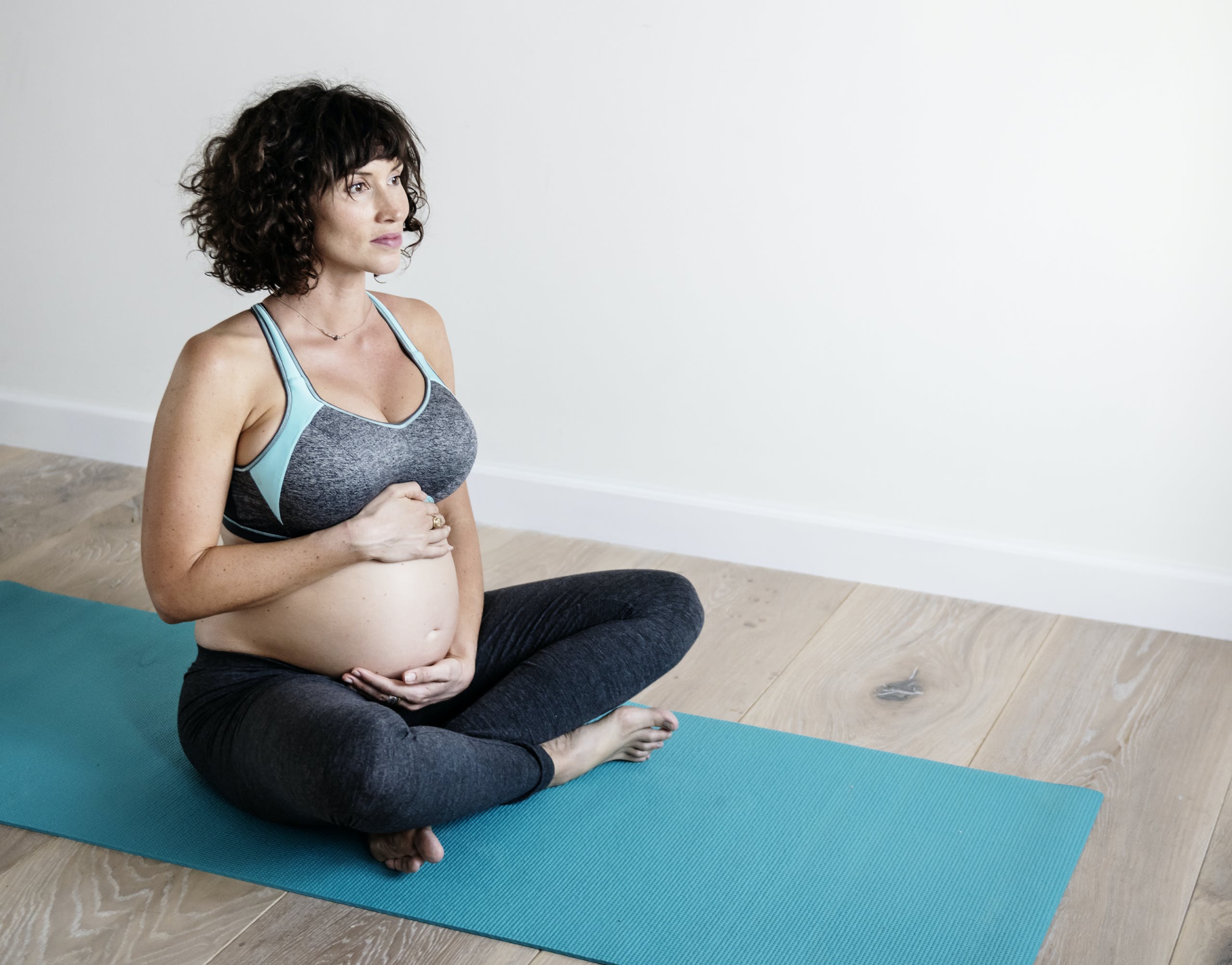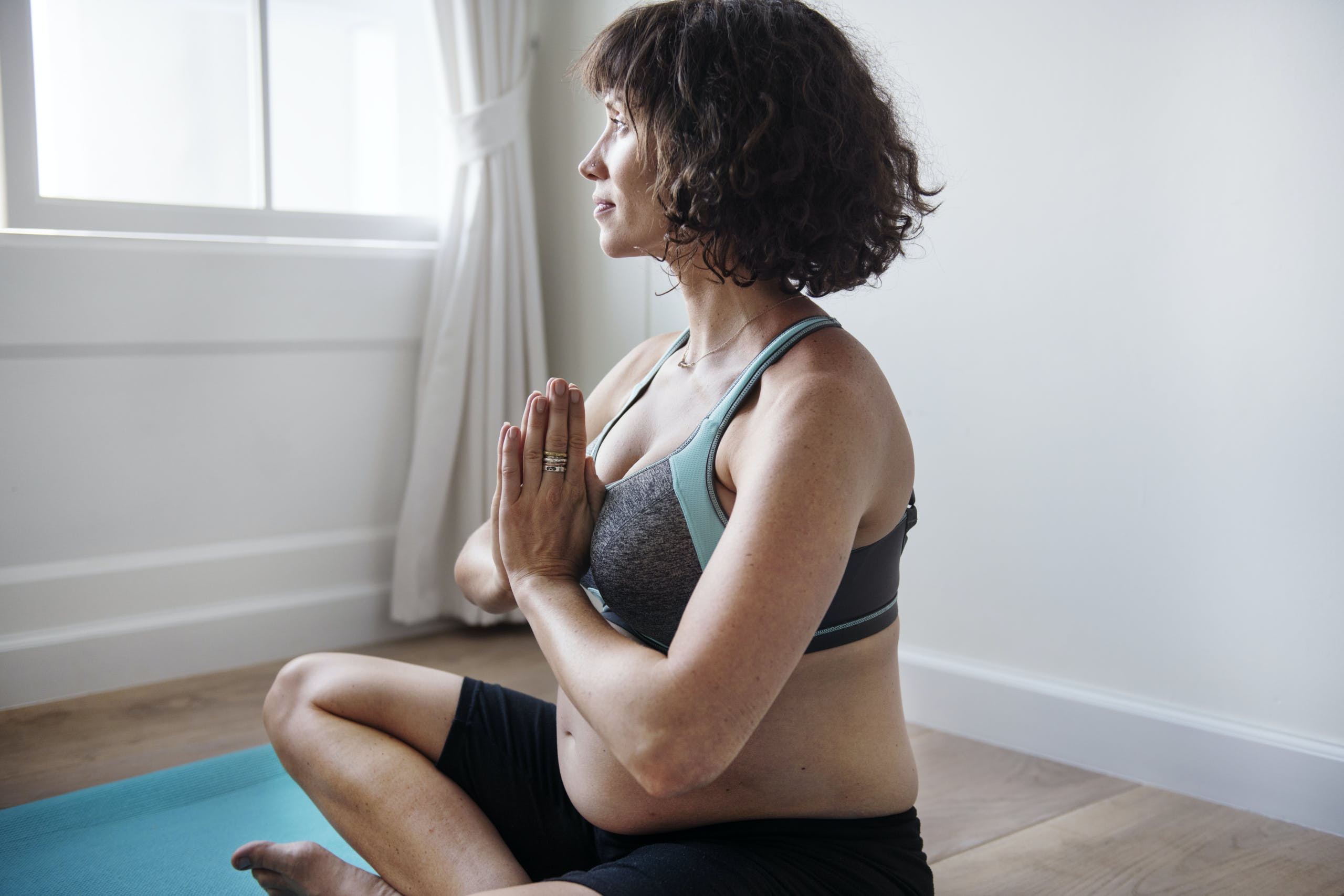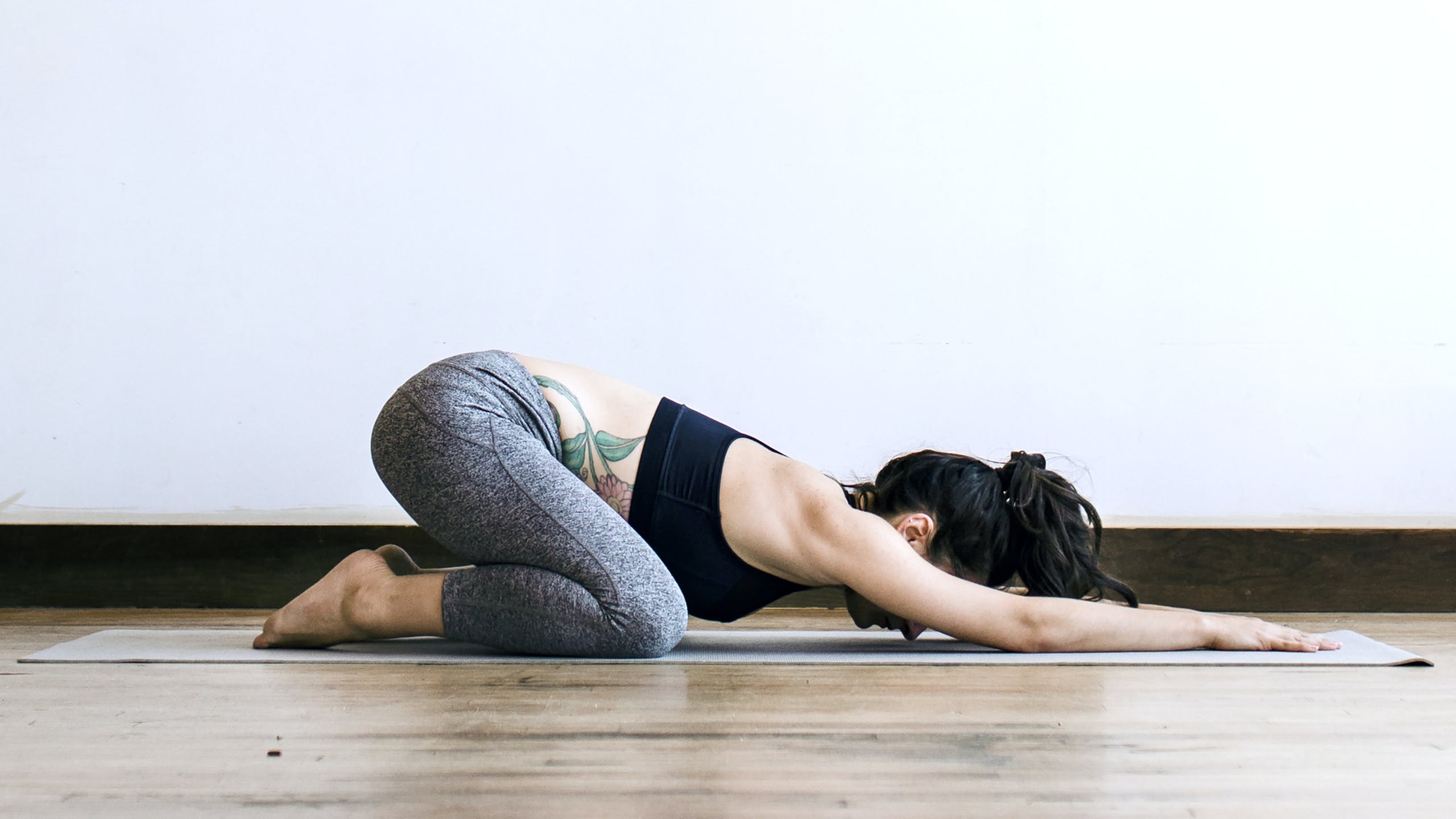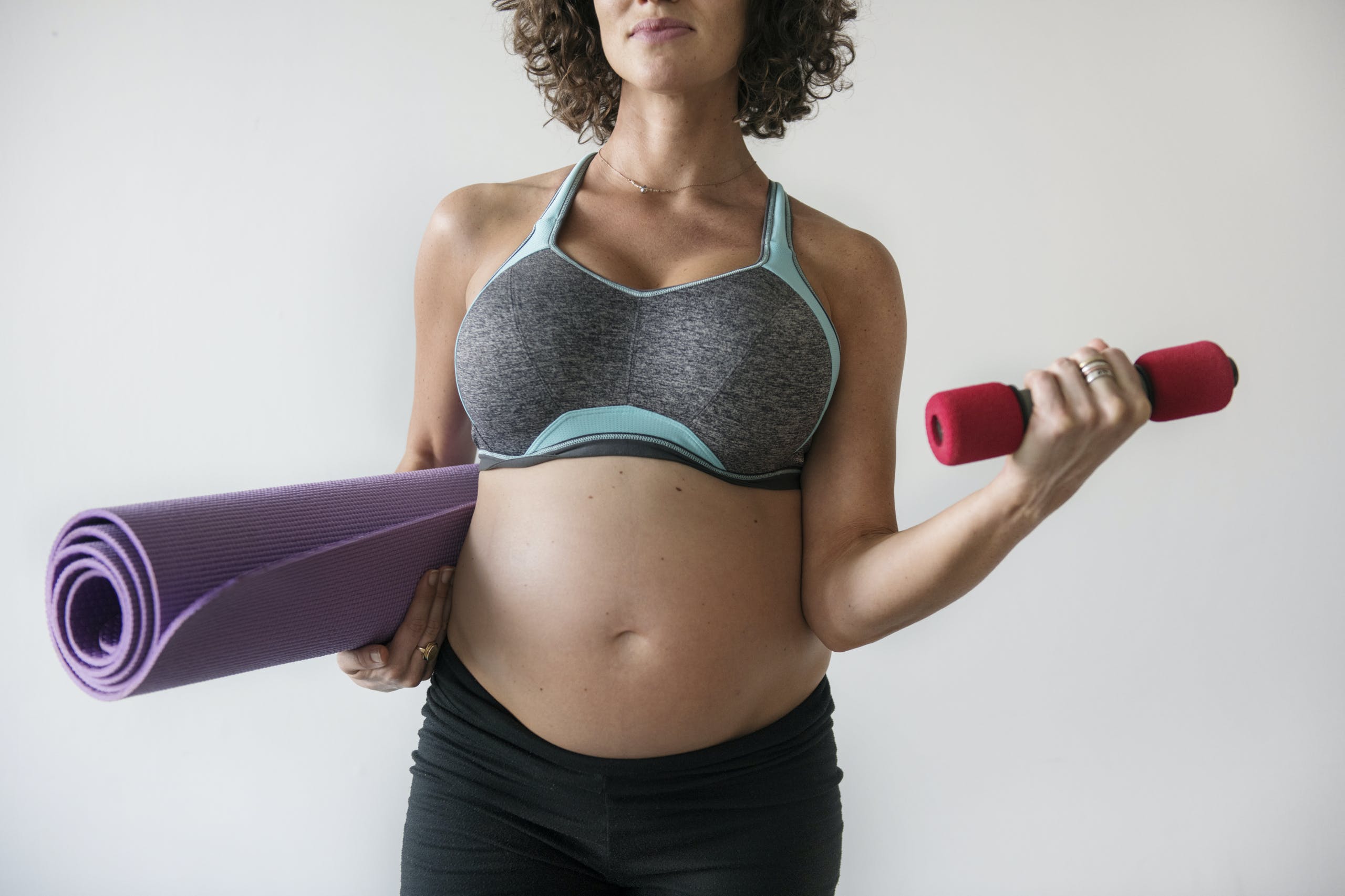Who said pregnancy doesn’t have its own beauty?
Although pregnancy may seem at times like a long and arduous process, it is a journey that goes beyond its challenges, and therein lies its beauty. Just as a baby is born into the world, a woman emerges from pregnancy as a mother... Every day, hormones and body changes create new needs for the mother-to-be, and prenatal yoga can be a great option to address those needs. It is also a good way to prepare the body for delivery, both physically and spiritually. Research has shown that prenatal yoga is very useful in dealing with the stress factors of daily life, and it can be a key component in ensuring maximum health for both mother and baby.
Why Should You Practice Prenatal Yoga?
Prenatal yoga movements consist of soft, easy poses that open up space for you and your baby while rebuilding the relationship between your body and the breathing cycle. The main focus of prenatal yoga is not to practice poses perfectly or to prevent weight gain. It’s about training the body and mind to deliver and feed the baby by focusing on mindful breathing while stretching the body.
Prenatal yoga is also a great practice for gently welcoming the physical changes of the pregnancy period. It allows you to adapt more easily to your physical, mental, hormonal, and spiritual changes, which start at the beginning of pregnancy and continue through delivery and into motherhood.

Is It Helpful For Labor?
Whether you have a vaginal birth or a c-section, practicing yoga during pregnancy prepares your mind and body for labor. It helps to eliminate abdominal fat and keep your core strong by building muscle strength. It also increases flexibility, which aids in getting back into shape post-delivery. The breathing techniques learned in yoga can prepare you physically for delivery and help you get through it in a more relaxed manner. Since it prepares the pelvic floor muscles for the birthing process, it also teaches you how to use these muscles during labor and encourages postpartum recovery. You not only learn how to breathe and relax your uterus but to act according to your intuition throughout labor as well.
What About Body Pains?
It is natural to have a number of challenges during pregnancy, such as back pain, digestion problems, and stress due to bodily changes. Prenatal yoga can help to ease body pains with some target-oriented asanas.
Mental Health During Pregnancy
Prenatal yoga builds the foundation for effective communication with your baby by reducing anxiety and stress about pregnancy and the birthing process. Breathing techniques and simple meditations help you to focus on the present moment and be aware of the baby living inside. Prenatal yoga classes are also a meeting platform for women who share a similar journey. That’s why classes create a supportive environment for mothers, who can use this time not only to practice but also share their physical and psychological feelings.

Here are some of the best prenatal yoga poses for each trimester of your pregnancy. These poses may assist in easing pregnancy-related issues and help you enjoy your journey to its fullest.
1) Yoga Poses For The First Trimester ( 0-13 weeks)
You don’t need to have done yoga before to practice prenatal yoga, but it’s recommended that you delay practicing until your second trimester (14th week) without your doctor’s permission if you’ve never practiced yoga before.
The first trimester of your pregnancy can be very challenging, both spiritual and physical, due to rapidly changing hormone levels, decreases in blood pressure, and the relaxation of muscles and joints. Morning sickness and nausea are also challenging factors of the first trimester. Although experts generally do not advise doing yoga during the first trimester, some doctors may okay the practice of gentle poses if you are an experienced practitioner. Gentle yoga poses may improve breath capacity and relaxation and can be really helpful in coping with these challenging issues. On the other hand, inversions closed twists, or backbend poses are not recommended because there might be some compression on the uterus due to overstretching the abdominal area.
Here are some gentle poses you can practice. Even though the baby is protected in your womb, there is a lot of growth during the first trimester. Be sure to listen to your body. If you don’t feel ok, please do not hesitate to quit the practice. Don’t forget to inhale while you are doing the pose and exhale gently from the mouth.

Open-Seated Twist Poses
- Parivritta Janu Sirsana
- Marichi's Pose
- Baddha Konasana
- Supported Upavistha Konasana
Standing Poses
Most of the standing poses can be practiced safely during the first trimester as long as you take care not to stretch too much.
- Trikonasa
- Parsvakonasana
- Warrior I-II-III

Balancing Poses
- Vrksasana (Tree Pose)
- Garudasana Arms (Do not practice legs as it may increase intra-abdominal pressure.)
Relaxing Poses
- Child’s Pose
- Viparita Karani (Legs up to wall)
- Savasana on your back

2) Yoga Poses For Second Trimester ( 14th-26th weeks)
The second trimester is generally called the “honeymoon of pregnancy”. Hormone levels stabilize, and energy levels increase. You feel more energetic and most of the unpleasant symptoms from the first trimester decrease at this time. The belly grows but isn’t yet uncomfortable, and many women find this to be the most enjoyable time of pregnancy. For this reason, it can be used not only to prepare the body for delivery and the postpartum period but also to make space for the baby. Poses that strengthen the arm and leg muscles are also very effective. Although it seems irrelevant to strengthen the arm muscles, strong arms will be very useful after delivery when you need to carry and hold the baby. It’s important to increase breath capacity and learn how to extend exhalations as well.
Here are some gentle poses you can practice in the second trimester. Keep in mind that if you have problems such as pubic and pelvic pain, reflux, hemorrhoids, or varicosis, some of the poses may not be useful and could even increase your pains. That’s why it’s essential to practice with an experienced instructor if you suffer from these conditions.

Standing Poses
- Trikonasana
- Parsvakonasana (Extended Side Angle)
- Warrior I-II-III
- Horse Pose
- Reversed Warrior
- Ardha Chandrasana (Half Moon Pose)
- Utkatasana (Chair Pose)
- Tadasana with Viparita Namaskar
Poses on Mat
- Supta Padangusthasana
- Baddha Konasana
- Supported Supta Virasana
- Vasisthasana on all fours
- Gate Pose
- Pawanmuktasana
- Bridge Pose
- Happy Baby Pose
All of the poses from the first trimester can be practiced in the second trimester as well.
3) Yoga Poses For Third Trimester ( 26th- 40th weeks)
The last trimester of pregnancy is considered to be the most spiritual. It’s ideal to use as a preparation time for labor, both spiritually and physically. Because of this, yoga poses that improve the mobility of hip joints are recommended. Breathing may be difficult due to pressure on the diaphragm by the growing baby so poses that widen the chest area might be helpful. It will also be very useful to relax as much as possible and experience the poses that will prepare the baby to pass through the birth canal. Meditation practices with breathing exercises can aid in relaxation and are helpful for labor as well.

Here are some poses you can practice in the third trimester:
- Horse Pose
- Shiva Tandava Dance
- Supported Malasana Pose
- Cat and Cow
- Balasana
- Viparita Karani
- Pigeon Pose
- Baddha Konasana

Poses to Avoid
While prenatal yoga is generally safe and beneficial, there are some poses that should be avoided during pregnancy to stay in the safety zone for both mother and baby.
Closed Twists: Twisting poses may increase intra-abdominal pressure and directly affects your blood circulation.
Deep Backbends: As you can guess, deep backbends open the front of the body and create over-stretching in the abdominal area as well.
Inversions: Practicing inversions can also be dangerous because of the pressure on the spine and the possibility of falling.
Practicing prenatal yoga can be very helpful during the pregnancy journey, both physically and spiritually. It can help women feel the connection between their minds, bodies, and the baby months before birth takes place and help them make the most of this joyous time.
Related: Nutrition in Pregnancy














